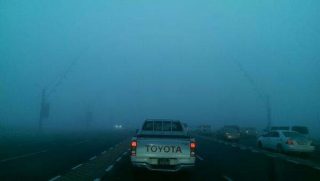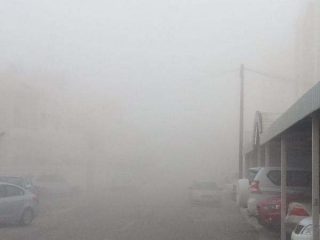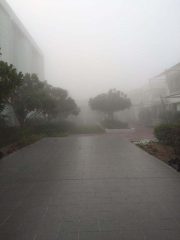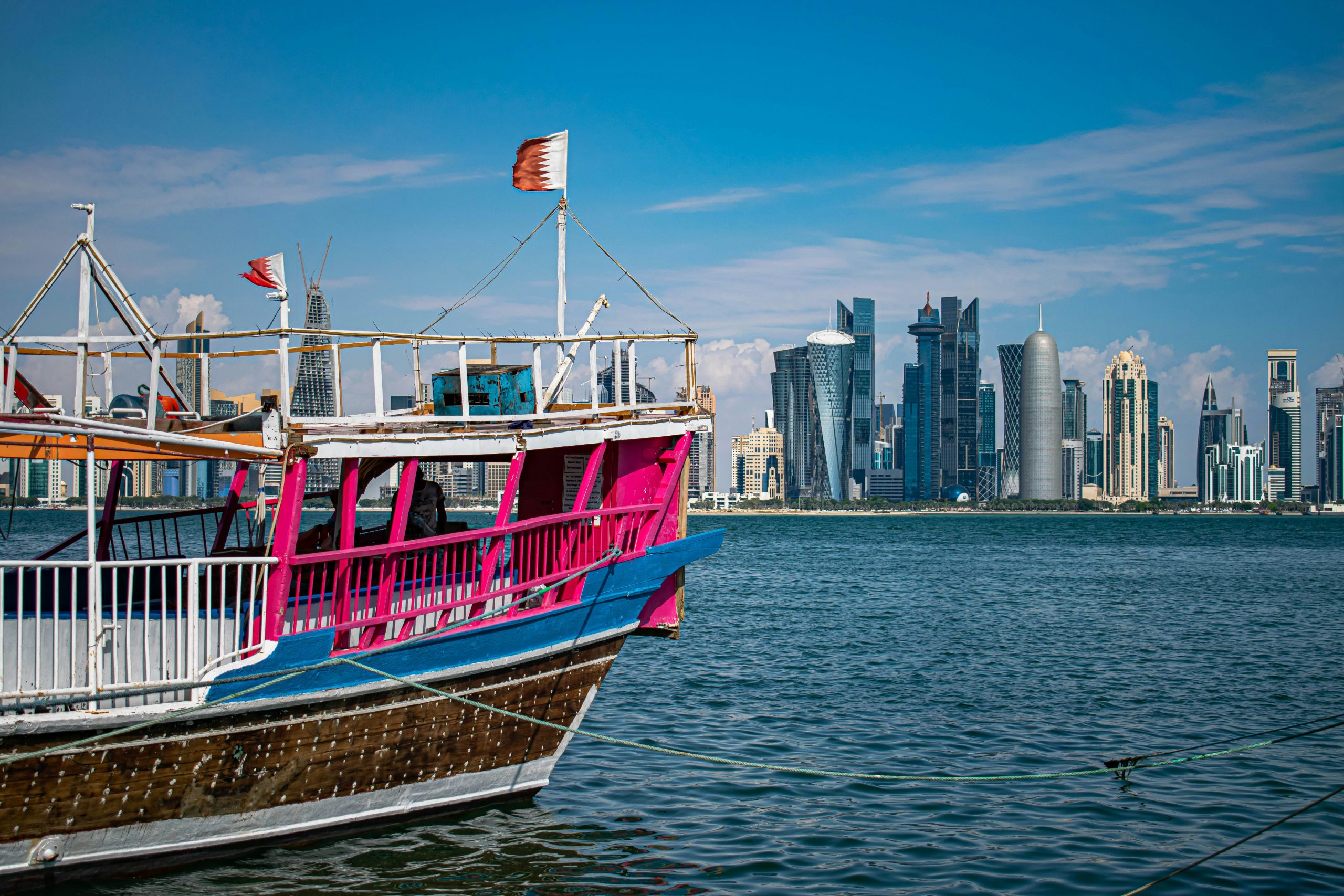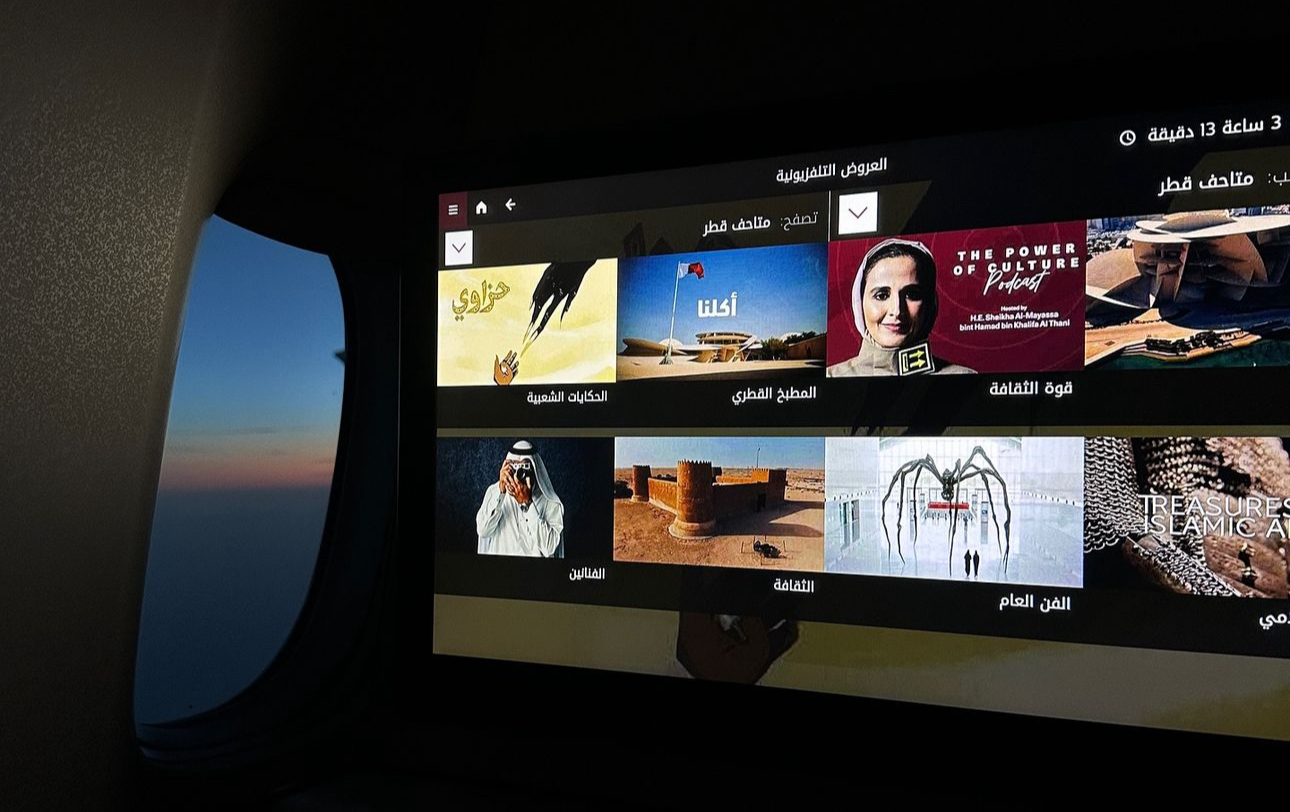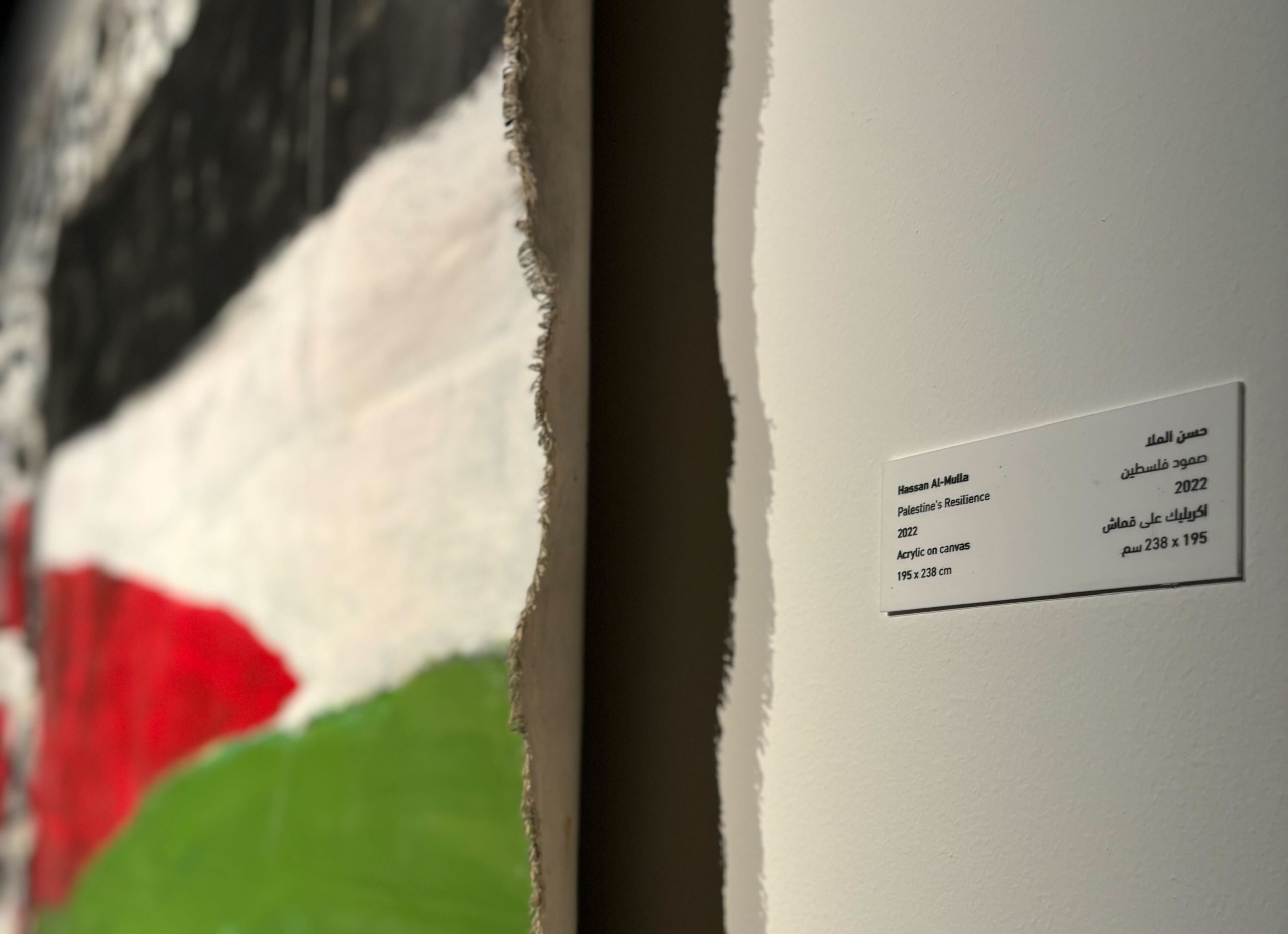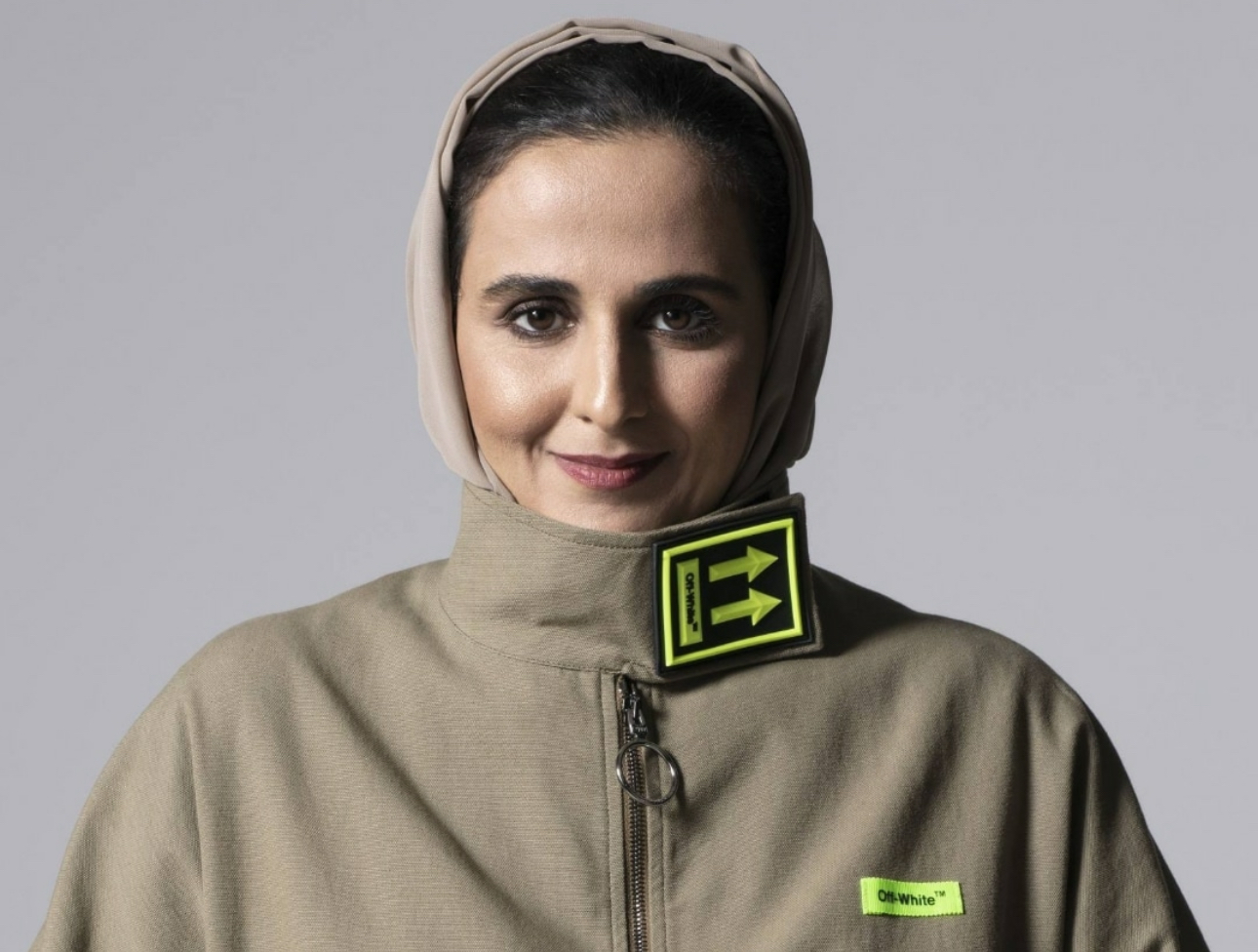Authorities in Qatar are warning motorists to drive with great care this morning, due to foggy conditions that have made seeing traffic signals and other cars difficult.
According to the Qatar Meteorology Department (MET), visibility has dropped in some places to as low as – or even lower than – 50m.
يرجى من قائدي المركبات توخي الحذر حيث تنخفض الرؤية في بعض طرق مدينة الدوحة إلى أقل من ٥٠ متر نتيجة للضباب الكثيف pic.twitter.com/elFVKOyLNr
— أرصاد قطر (@qatarweather) January 28, 2015
. @qatarday @dohanews observations this morning indicated the visibility was 0km in areas pic.twitter.com/dHkqDUcG79
— عبدالله محمد المناعي (@MetQatar) January 28, 2015
This morning, the Ministry of Interior has also urged those who don’t feel comfortable driving in these conditions to pull over until visibility improves:
القيادة في الضباب تتطلب مزيداً من الحرص والحذر .. لا تتردد في التوقف خارج الطريق في حالة انعدام الرؤية امامك .. رافقتك السلامة #الداخلية_قطر
— وزارة الداخلية – قطر (@MOI_Qatar) January 28, 2015
Some drivers appear to be allowing that advice. Others are reminding those on the roads to use their fog – and not hazard – lights to avoid confusing other motorists.
@dohanews the fog is CRAZY! pic.twitter.com/Rs7zLvgxlQ
— Elian (@EMBernales) January 28, 2015
https://twitter.com/agraladn/status/560284454879391745
https://twitter.com/aalsulaiti_/status/560273759412563968
Following lingering foggy conditions yesterday morning, the MET forecast warmer temperatures starting today and lasting through Saturday. Sunday is expected to be a bit cooler as strong winds move in.
What are you seeing on the roads today?


